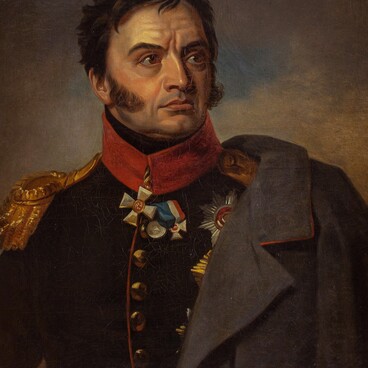The National Pushkin Museum presents the engraving “Kazan”, one of the 38 engravings in the Atlas attached to the book by Nicolas-Gabriel Leclerc “Notes on the History of Ancient and Modern Russia”.
“Notes on the History of Ancient and Modern Russia” was published in Paris in the 1780s. In addition to the Atlas, statistical tables were also issued with the book. Perspective images were made by French engravers. Louis-Nicolas de Lespinasse (1734–1808) was listed as the draftsman. The artist himself never visited Russia, so as a reference he used engravings by Russian and foreign artists reproducing drawings by Mikhail Ivanovich Makhayev (circa 1717 — 1770). The latter was most highly acclaimed for his architectural landscapes; his drawings and engravings made from them were very popular in Russia and abroad.
In the drawings for the Atlas, Lespinasse copied the architecture quite accurately. However, he paid little attention to staffage and changed the horizon line and the general character of the image. In total, eleven drawings were made based on Makhayev’s originals, among them this view of Kazan. The large-format engraving shows a panorama of the city from the opposite bank of the Volga. The engraving depicts a general view of the city from the side of the Kazanka River. To the left of the center is the Kremlin, surrounded by walls. Cathedrals and the Söyembikä Tower with a cross on the spire are visible from behind the walls. There are numerous residential buildings and churches on the shore. In the foreground near the shore are sailing ships (right) and a wooden building with a high fence (left).
In 1833, Alexander Pushkin’s journey to the places
associated with Pugachev’s Rebellion ran through the Volga cities. On September
3, after lunch, he left Nizhny Novgorod and went to Kazan. During his two-day
stay there, Pushkin managed to achieve a lot, as he informed his wife,


